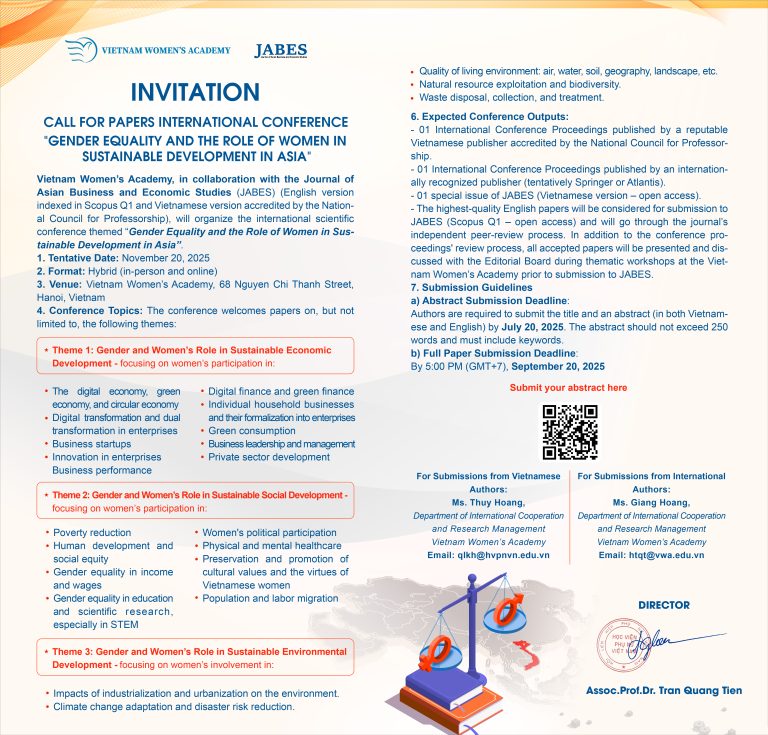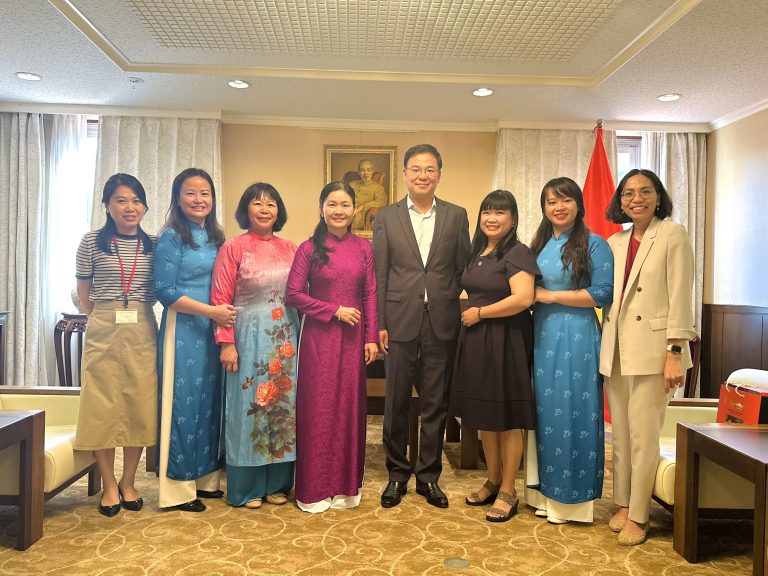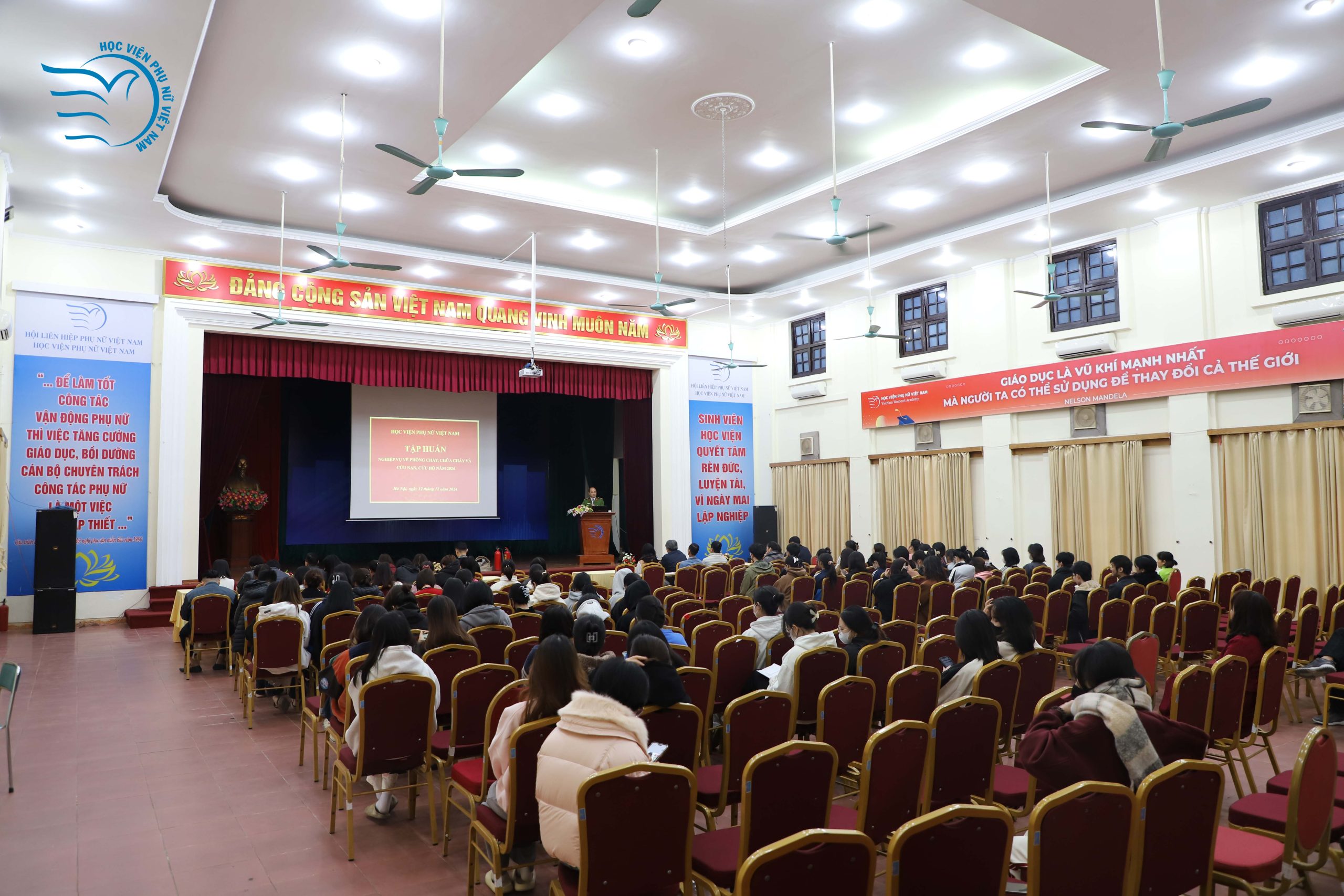
At the theoretical training session on Fire & Rescue, the participants were informed by the lecturers about the recent fire and explosion situation in the whole country and particularly in Hanoi. The session compared and evaluated related factors to draw lessons, after that analyzing some common causes of fires in agencies and household, some basic knowledge on new legal document systems applied after Decree No. 136/2020/ND-CP took effect, the dangerous nature of fire and explosion of some common flammable substances in facilities and households, some basic fire prevention measures, some common fire extinguishing agents, fire fighting process, and basic fire fighting measures, principles of operating automatic fire alarm systems, fire hoses, indoor fire fighting systems, then how to spread hoses, roll hoses, connect hoses, and preserve fire hoses, as well as principles, structures and operating features of portable fire extinguishers.
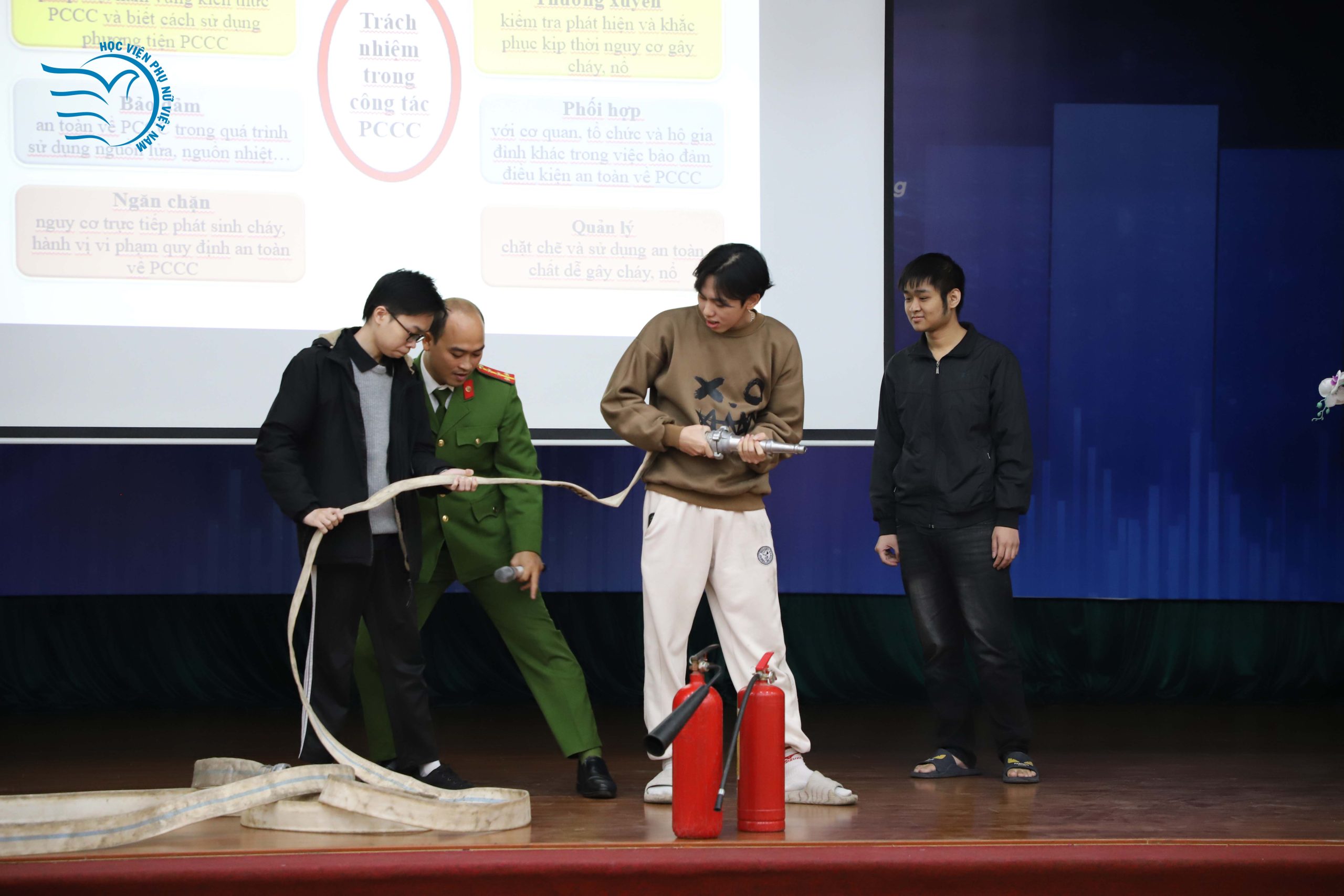 Following the theory part, the trainees participated in direct practice. The practice session included extinguishing fires with fire extinguishers, using water nozzles to control fires, and participating in simulated situation drills. The simulated scenario was specifically built with the starting point of the fire in the lecturer’s office area due to an electrical incident. The grassroots fire prevention force quickly took the first steps such as cutting off the power, evacuating victims, and using on-site fire fighting equipment before the professional force approached and coordinated to extinguish the fire. During the Fire & Rescue practice session, all cadres, civil servants, workers, and students seriously participated in successfully implementing the drill scenario, specifically practicing using portable fire extinguishers and wall fire hydrants to extinguish the simulated fire, practicing in rescuing, first aid measures, and escaping from a toxic smoke environment to a safe assembly area.
Following the theory part, the trainees participated in direct practice. The practice session included extinguishing fires with fire extinguishers, using water nozzles to control fires, and participating in simulated situation drills. The simulated scenario was specifically built with the starting point of the fire in the lecturer’s office area due to an electrical incident. The grassroots fire prevention force quickly took the first steps such as cutting off the power, evacuating victims, and using on-site fire fighting equipment before the professional force approached and coordinated to extinguish the fire. During the Fire & Rescue practice session, all cadres, civil servants, workers, and students seriously participated in successfully implementing the drill scenario, specifically practicing using portable fire extinguishers and wall fire hydrants to extinguish the simulated fire, practicing in rescuing, first aid measures, and escaping from a toxic smoke environment to a safe assembly area.
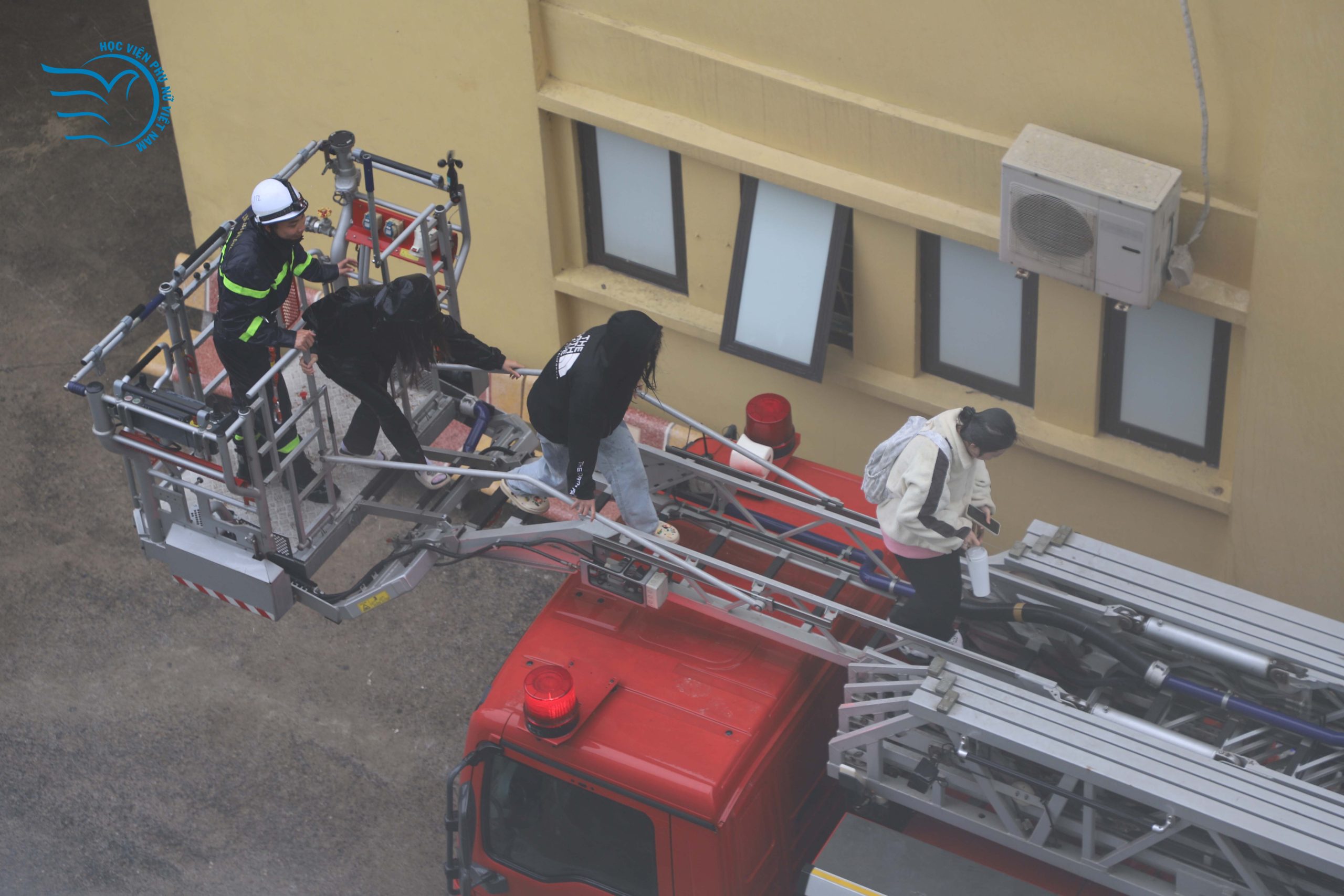
The practice session not only helps cadres, lecturers and students improve their practical skills but also evaluates the effectiveness of existing fire fighting equipment. At the same time, this is also an opportunity for the local fire fighting force to review and learn from practical experience, thereby developing plans to supplement and repair appropriate equipment.
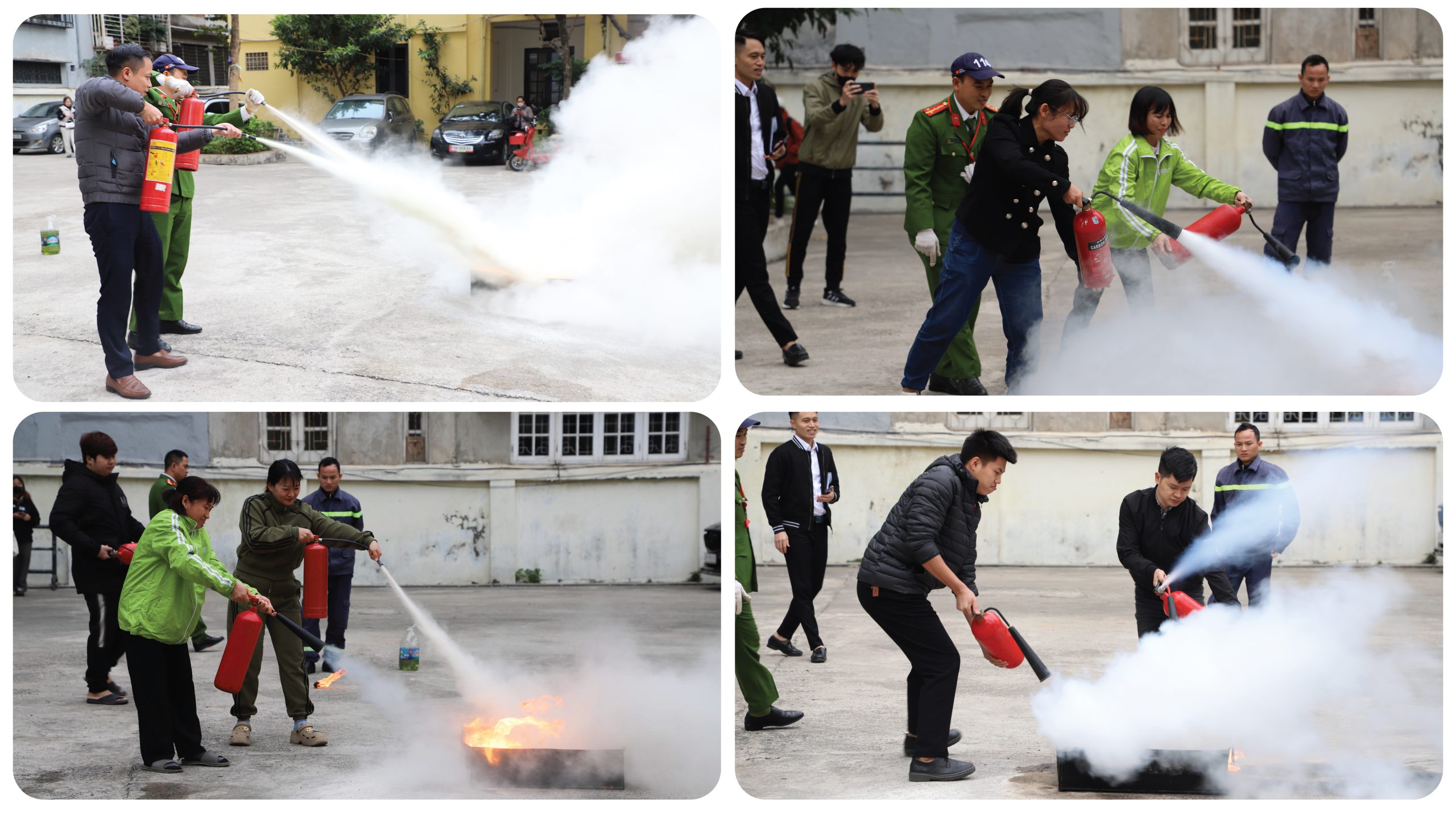
One of the important objectives of the program is to enhance the coordination between the local fire fighting force and professional units. Through the exercise, the parties assessed the strengths and weaknesses in the organization, assignment of tasks and use of fire fighting equipment.
The Hanoi Fire & Rescue Police Department played an important role in ensuring the success of the exercise. The unit mobilized a large force including 1 command vehicle, 2 fire trucks, 1 ladder truck and many officers and soldiers. The deployment of modern equipment such as ladder trucks to rescue people trapped on high floors and a team of water sprayers to cool and extinguish the fire showed careful and professional preparation.
The Fire & Rescue practice at Vietnam Women’s Academy (VWA) is not only a technical and human resource preparation but also contributes to raising community awareness. This is an important premise to help the Academy build a safe learning and working environment, ready to respond to all emergency situations.
In the coming time, VWA will continue to closely coordinate with relevant agencies to organize many similar activities, ensuring the provision of adequate knowledge and skills in fire prevention and fighting and rescue for all staff, lecturers and students, thereby affirming the commitment to building a top quality and safe educational environment.

 Tiếng Việt
Tiếng Việt



